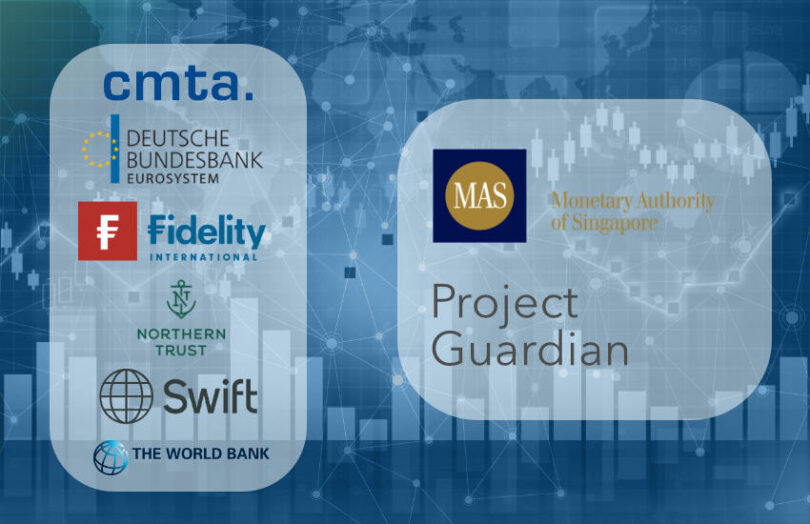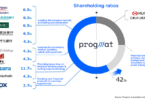The Monetary Authority of Singapore (MAS) has been a trailblazer in real world asset (RWA) tokenization, with the creation of Project Guardian involving over 40 high profile participants in 2022. Today it outlined its vision for how to take the next step from exploration to commercialization. The latest member additions to the Project include CMTA, the Deutsche Bundesbank, Fidelity International, Northern Trust, Swift and the World Bank.
During a speech today, MAS deputy director Mr Leong Sing Chiong outlined four requirements for commercialization, and how MAS is addressing each. They are liquidity, infrastructure, standards and settlement assets.
Before delving into the requirements, he outlined the benefits of tokenization, including the ability to exchange tokenized asset directly without intermediaries, and the capacity to exchange assets atomically via delivery versus payment, eliminating settlement risk and reducing reconciliation requirements. One of the most distinctive features of tokenization is encoding the assets with conditions and enabling other programmable functionality.
After outlining some interesting use cases in Project Guardian, Mr Leong noted, “my sense is that we have reached an inflexion point. Notwithstanding the significant efforts of various players to push the boundaries of tokenisation in financial services, no one has really succeeded in achieving scale. Many promising use cases have not yet gained industry wide traction. Further, there is a need for supporting infrastructure to enable good use cases to scale beyond individual networks.”
Liquidity via the Guardian Wholesale Network
That point about individual networks highlights the trend of too many private DLT networks resulting in fragmentation. To achieve market liquidity, MAS wants to establish commercial networks for payments, raising capital and secondary trading markets.
Hence, it is creating the Guardian Wholesale Network Industry Group initially made up of Citi, HSBC, Schroders, Standard Chartered and UOB. The goal is for the members to collaborate to scale their asset tokenization initiatives.
On the infrastructure front, last year MAS outlined its Global Layer One concept, expanding its plans today (see separate article).
Regarding standardization, it launched two substantial reports with recommendations, one on fixed income tokenization and the other on fund tokenization. The former integrates work from three industry associations: ICMA, CMTA and GFMA. Schroders and Franklin Templeton led the work on the fund publication.
Finally, as a monetary authority MAS sees a wholesale CBDC (wCBDC) as an important settlement asset. Hence, it plans to launch an SGD Testnet for those institutions that participate in the existing real time gross settlement (RTGS) system. Initial participants will include DBS, OCBC, Standard Chartered and UOB to support use cases involving payments and securities settlement.
Mr Leong concluded, “Viewed holistically, we see a possible future architecture of a globally scalable tokenised asset infrastructure that can enable interoperability across commercial networks, while powering tokenised asset transactions seamlessly across borders and markets.“






